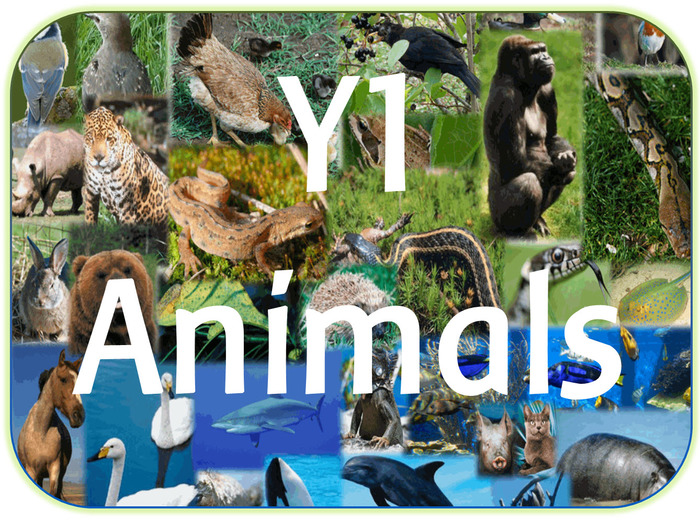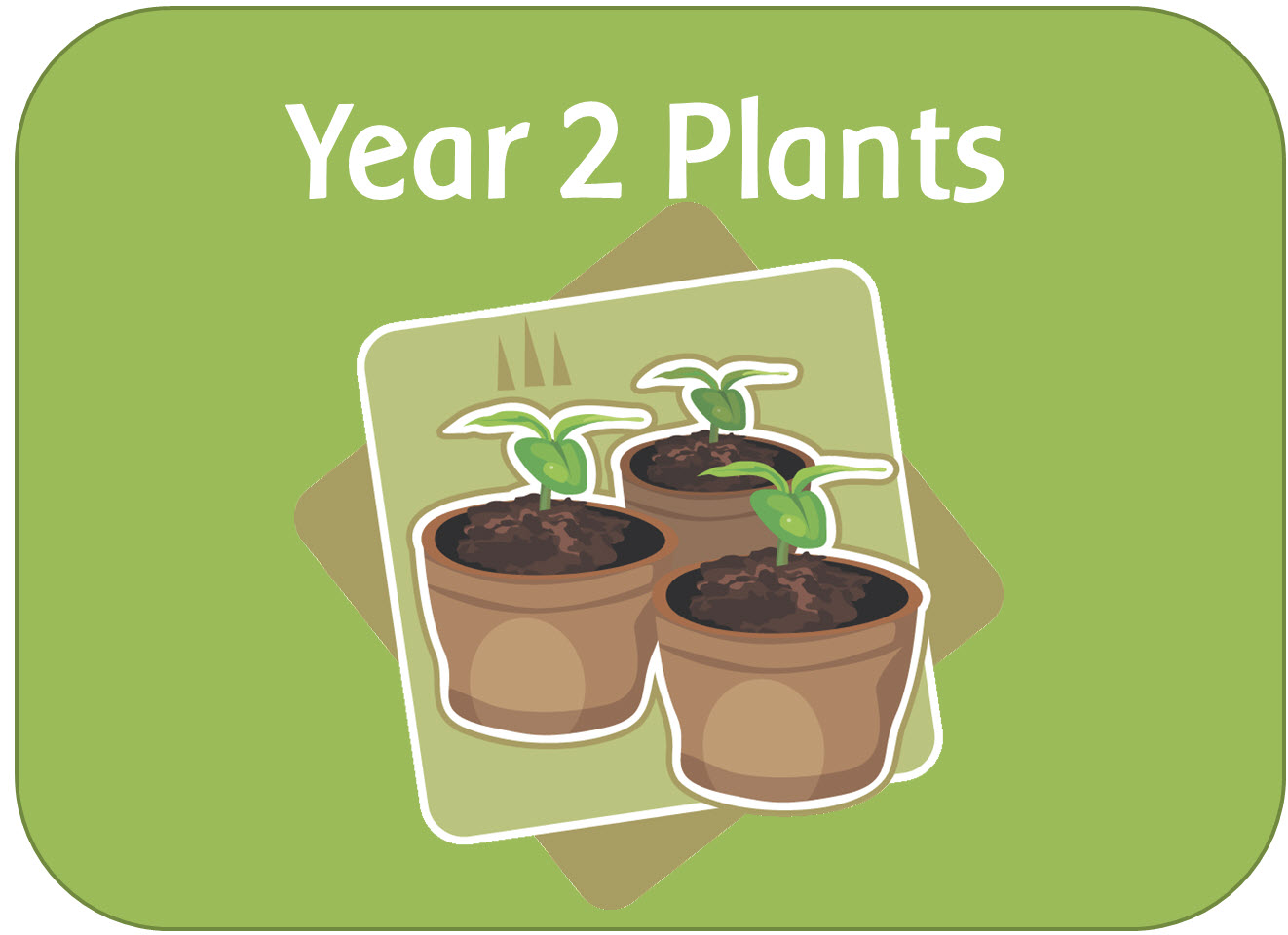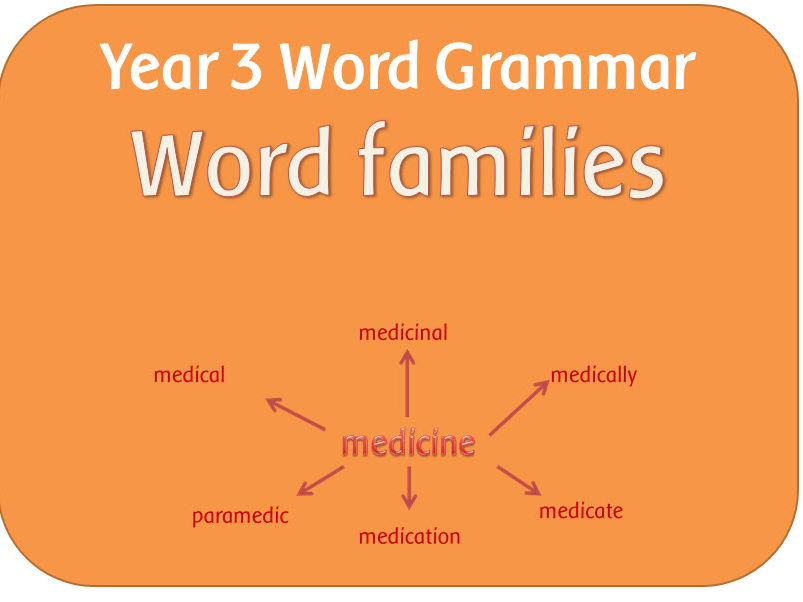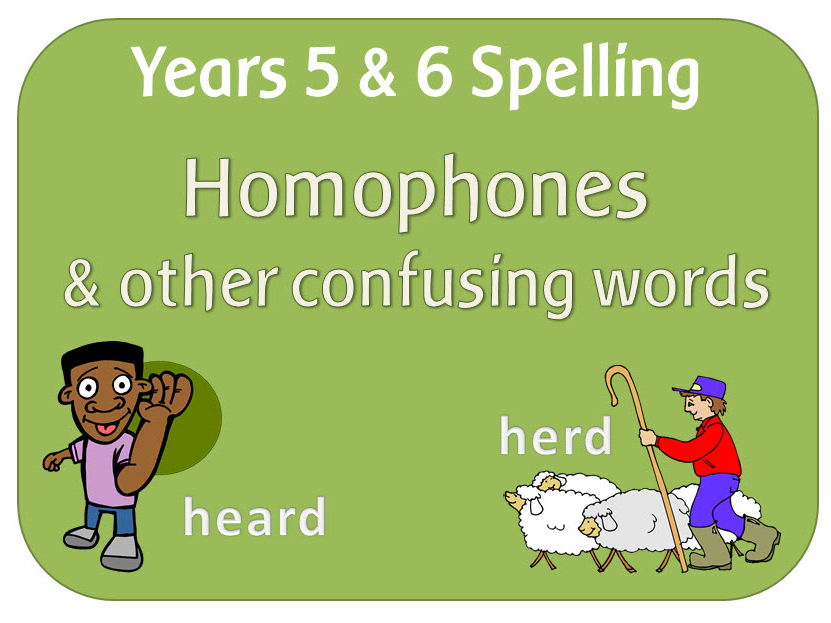
404Uploads
1066k+Views
681k+Downloads

Portugal powerpoint and headings
The powerpoint covers the following:
Where is Portugal?: With maps showing the location of Portugal.
What is Portugal like?: Images of Portugal; different geographical features
Living in Portugal: Pictures of everyday life in Portugal - streets, shops, schools, houses etc.
Portuguese people: What life is like in Portugal - culture, traditional dress, language etc
The history of Portugal: a brief history from Roman times to present.

Year 1 Science - Variety of common animals - Animals including humans topic pack
A set of wpowerpoints and printable activities to teach children how to identify and name a variety of animals, describe and compare their structures and identify animals that are carnivores, herbivores and omnivores.

Y2 Materials display pack
A set of headings, lettering, posters and vocabulary to use when making a display of everyday materials.
Materials display lettering - In lower and upper case to cut out.
Materials banner (2 versions) - prints out onto 2 A4 sheets
Materials heading (2 different versions) - prints onto an A4 sheet.
Propertiess - each word is on an A4 page - Vocabulary with explanations
Natural and manufactured materials - each natural material is on an A4 page, with an illustration of an object that is made out of the natural material:- bone, clay, cotton, sand, leather, metal, rock, wood, wool.

Year 2 Science - Plants topic - powerpoints, planning, worksheets & display pack
A set of resources following the new science curriculum.

Year 5 science - the development of ideas about the solar system.
A powerpoint showing a timeline of astronomy.

SPaG Year 1 : Plural noun suffixes powerpoint and worksheet
A powerpoint lesson, worksheet and plan on plural noun suffixes:
Plural noun suffixes: A powerpoint explaining the meaning of singular, plural and what a suffix is. It explains what effect the addition of s or es has on nouns.It ends with an interactive game.
Plural noun suffix worksheet

SPaG Year 1 Punctuation: Capital letters, full stops, question marks & exclamation marks
Spelling resources to teach the statutory requirements in Appendix 2 of the English curriculum:
Punctuation: Separation of words with spaces; Introduction to capital letters, full stops, question marks and exclamation marks to demarcate sentences; Capital letters for names and for the personal pronoun I.
PowerPoint files:
Introduction to exclamation marks: Short presentation explaining when to use exclamation marks
Introduction to full stops: Short presentation explaining when to use full stops
Introduction to question marks: Short presentation explaining when to use question marks
Capital letters - when to use them: Looks at occasions where capital letters should be used, with an activity to test the children’s understanding at the end.
Capitals and punctuation quiz: Interactive activity where the children have to decide what is wrong with each sentence.
Jake’s full stop: A story that shows what happens when full stops are left out of sentences.
Sentences and punctuation: Recap on sentences and punctuation, with an activity at the end.

SPaG Year 2 Spelling: The /l/ or /əl/ sound spelt –le, -el, -al and -il at the end of words
Resources to teach the spelling rule: The /l/ or /əl/ sound spelt le, el, al and il at the end of words
WORDS ENDING IN LE:
POWERPOINT
Le at the end of words: A short powerpoint with 18 common words to read ending in le.
ACTIVITIES
Cards containing words ending in le - 45 word cards to play games
Wordsearch - le words
WORDS ENDING IN EL:
POWERPOINT
El at the end of words: A short powerpoint explaining that this spelling is not as common as le, but is usually found after m, n, r, v, w, and s. It displays 12 common words to read ending in el.
ACTIVITIES
Cards containing words ending in le - 27 word cards to play games
Wordsearch - el words
WORDS ENDING IN AL:
POWERPOINT
Al at the end of words: A short powerpoint explaining that not many nouns end in al, but many adjectives do. It displays 16 common words to read ending in al.
ACTIVITES
Cards containing words ending in al - 27 word cards to play games
Wordsearch - el words
WORDS ENDING IN IL:
POWERPOINT
IL at the end of words: A short powerpoint explaining that not many words end in il. It displays 9common words to read ending in il.
ACTIVITES
Cards containing words ending in al - 27 word cards to play games
Wordsearch - el words
ALL SPELLINGS OF THE /L/ SOUND
POWERPOINT
Which 'l' sound to use - shows all four spellings, with 22 words for the children to find which spelling is correct. It points out that the most common spelling is le.
ACTIVITIES
Loop cards containing pictures and all 4 spellings of the /l/ sound.
Although every effort has been made to check wordsearches for unintentional inappropriate words, it is recommended that teachers double check them before giving to children.
TEACHER RESOURCES
Word list
Planning - An adaptable outline plan of the resources included and objectives

SPaG Year 2 Text: Present and past tense and the progressive form of verbs
Four powerpoints looking at past and present verb tenses.
POWERPOINTS
Introduction to tenses: Explains what tense means, and past and present tense, giving examples including the progressive form of verbs.It ends with some examples and opportunities for children to change the tenses of sentences.
Changing present into past tense: Sentences to change
Thinking of verbs and past and present tense: Look at pictures and describe the actions in the present and the past tenses.
Irregular past tense verbs: Explanation and lists of irregular past tense verbs.

Subordination and co-ordination powerpoint, worksheets and posters: SPaG Year 2 Sentence
A PowerPoint lesson explaining what subordination and co-ordination are with accompanying worksheets and posters, designed to teach the Y2 Sentence objectives.
The set contains:
POWERPOINT:
Subordination and coordination
A 7 page PowerPoint explaining how to connect sentences and clauses using subordination (when, if, that and because) and co-ordination (using or, and or but.)
It gives examples of how to use them in sentences then gives sentence starters for the children to complete using the words above.
ACTIVITIES / WORKSHEETS:
Co-ordination writing sheets x 4: Each sheet has a different picture. The children have to write sentences using the words and, but and or.
Subordination worksheets x 4: Each sheet has a different picture. The children have to write sentences using the words when, if, that and because
DISPLAY:
Two posters explaining subordination and co-ordination with examples and a heading.

SPaG Year 2 Terminology powerpoint
An explanation of noun, noun phrase, statement, question, exclamation, command, compound word, adjective, verb, suffix, adverb, tense, apostrophe and comma.

SPaG Year 3 & 4 Spelling: Endings which sound like /ʃən/, spelt –tion, –sion, –ssion, –cian
Resources to teach the spelling guidelines for word endings which sound like /ʃən/, spelt tion, sion, ssion, cian
POWERPOINT:
Endings tion sion ssion and cian: Goes through each ending, giving examples, exceptions and an activity to add each ending to different words.
PDF (PRINTABLE) RESOURCES
Look Write Cover Check x 4: For spelling practice of words with each ending
4 x worksheets, for each ending
Wordsearch, containing all word endings
Cards, containing words with each ending.
Although every effort has been made to check wordsearches for unintentional inappropriate words, it is recommended that teachers double check them before giving to children.
TEACHER RESOURCES
Word list
Adaptable outline plan

SPaG Year 3 Grammar: Formation of nouns using a range of prefixes
The first powerpoint recaps the terminology noun and prefix then explains how prefixes are added to words and change their meaning. Gives some examples of words with the prefixes super, auto, anti and tele and asks how the meanings have changed.
The second powerpoint looks at a range of prefixes the children should have covered in Y2 and introduces new ones alongside their meanings.
PDF WORKSHEETS & ACTIVITIES:
Word list – nouns using prefixes
Fore/mid/sub jigsaw cards
Super/auto/anti jigsaw cards
Prefix anti worksheet
Prefix auto worksheet
Prefix super worksheet
DISPLAY:
Noun prefixes display
Plus a Y3 VG&P plan

SPaG Year 3 Grammar: Word families based on common words
3 POWERPOINTS:
Words and families: Explains what word families are and how to make them. It follows with 10 common exception words and related words .
Roots, affixes and word families: Explains how word families can be built by using affixes. Gives examples of the word family related to the word 'act' and also the word 'light'.
Word families: Building words using a matrix of prefixes, root words and suffixes.
PDF WORKSHEETS & ACTIVITIES:
Cards (x6 – act/give/light/pass/press/sign) containing words belonging to each word family
Word derivation sheet – blank
Word family – give
Word family – pass
Word family –press
Word family –sign
Word list – Latin root words and families (extension work)
Plus a Y3 VG&P plan

SPaG Year 3 Terminology powerpoint
A powerpoint explaining the terms adverb, preposition, conjunction, word family, prefix, clause, subordinate clause, direct speech, inverted commas, speech marks, vowels and consonants

SPaG Year 4 Sentence Grammar: Fronted adverbials
POWERPOINTS:
Fronted Adverbials: Explains what they are and how to use them (including the use of commas from the punctuation objectives)
PRINTABLE PDF FILES:
Adverbial spotter worksheet: To use with reading books or passages of text
Adverbials of time display
Adverbials of manner display
Adverbials of time display
Adverbials of time cards: For composition activities etc
Adverbials of manner cards: For composition activities etc
Adverbials of time cards: For composition activities etc
5 x Word documents with different passages to use with spotter sheet

SPaG Year 5 & 6 Spelling: Words with the /i:/ sound spelt ei after c
A powerpoint lesson plus the following pdf files to teach the children how the i before e except after c rule applies to words where the sound spelt by ei is /i:/,plus the exceptions to the rule.
Pdf files:
Look Write Cover Check x 2: For spelling practice
ei and ie words worksheet: A passage to read and write down ei and ie words
ei words writing practice: List of ei words to identify and spell
Strategies for remembering how to spell ei words worksheet: Looks at the different spelling strategies children can use

SPaG Year 5 & 6 Spelling: Homophones and other confusing words
Resources to teach the guidelines for spelling homophones and other words that are often confused.
POWERPOINTS
Each Powerpoint gives definitions/explanations of each homophone, then ends with an activity for the children to work out which homophone is appropriate in different sentences.
Homophones - nouns and verbs: advice advise, device devise, licence license and practice practise.
Homophones 1: aisle isle, aloud allowed, affect effect, altar alter, ascent assent, bridal, bridle, cereal serial, complement compliment
Homophones 2: descent dissent, desert dessert, draft draught, farther father, guessed guest, heard herd, led, lead morning, mourning
Homophones 3: past passed, precede proceed, principal principle, profit prophet, stationary stationery, steal steel, wary weary, who's whose
PDF (PRINTABLE) RESOURCES:
Look Write Cover Check x 7: For spelling practice, containing the words in the above PowerPoints
Worksheets x 7: To write definitions of the homophones and think of ways to remember how to spell them.
Definition and word cards x 3: Three sets of homophones and corresponding definitions for matching games etc.

SPaG Year 6 Word Grammar: How words are related by meaning as synonyms and antonyms
POWERPOINTS:
The history of the English language: A history, plus an explanation of why the English language has so many synonyms.
Synonyms: Explains what they are and gives 11 words with related synonyms.
Antonyms: Explains what they are and gives 12 words with corresponding antonyms, plus 7 words with several antonyms.
Antonyms and prefixes beginning with 'i': Formation of antonyms by adding im, in or il to words.
Antonyms and prefixes recap: Activity to make words by adding a range of prefixes covered in previous years, to make antonyms.
PRINTABLE FILES (PDF):
Synonyms worksheet: For finding synonyms
Antonyms worksheet: re-write the sentences to make it mean the opposite
House for sale - antonyms worksheet: Rewrite the advert using antonyms
House for sale - synonyms worksheet: Rewrite the advert using synonyms
Antonym cards (2 sets): Matching sets - easy and more difficult

Phase 1 Aspect 6 Voice sounds: Letters and Sounds Phonics resource pack
A pack of powerpoints and activities to print to help children distinguish between the differences in vocal sounds, including oral blending and segmenting.






















